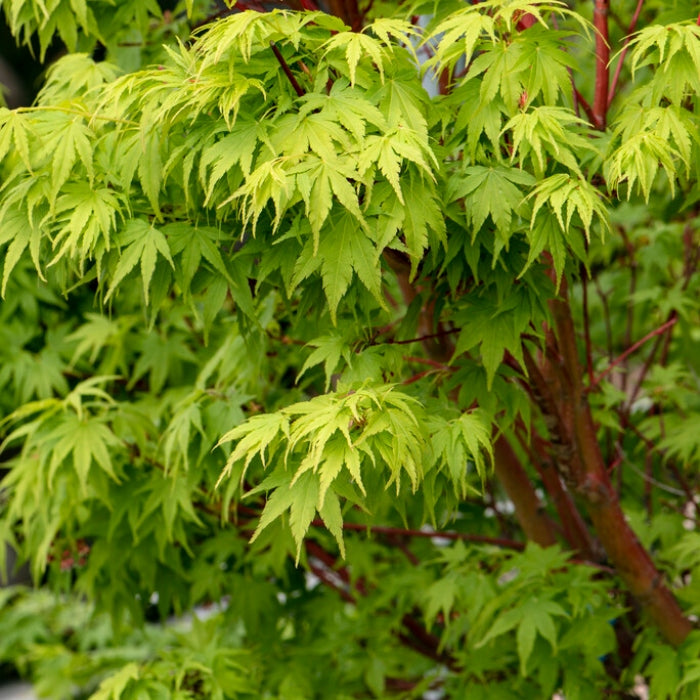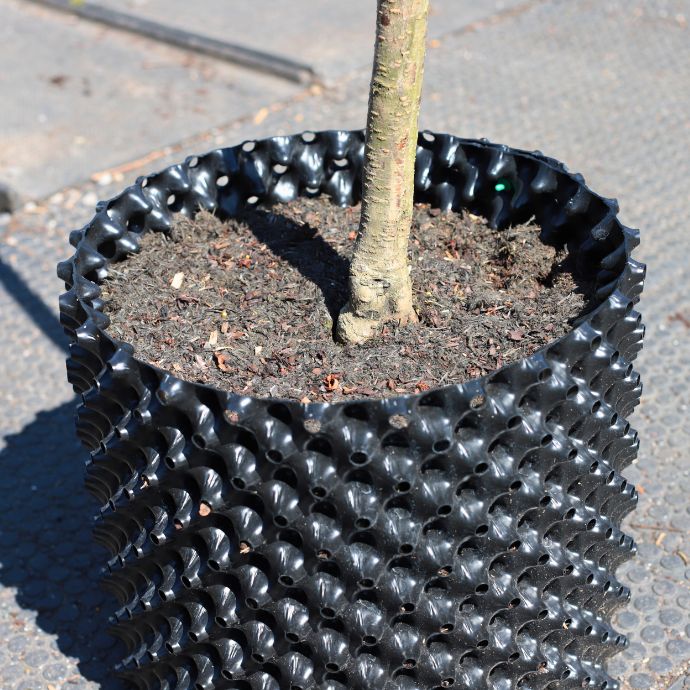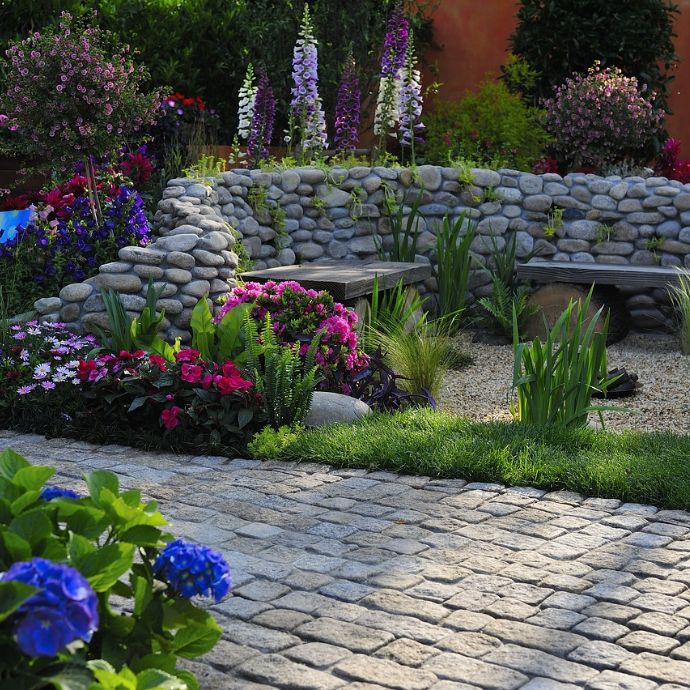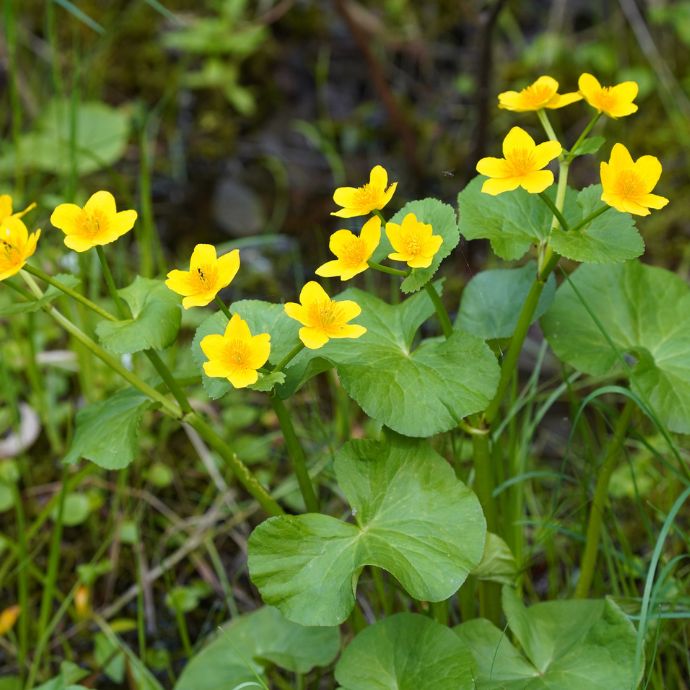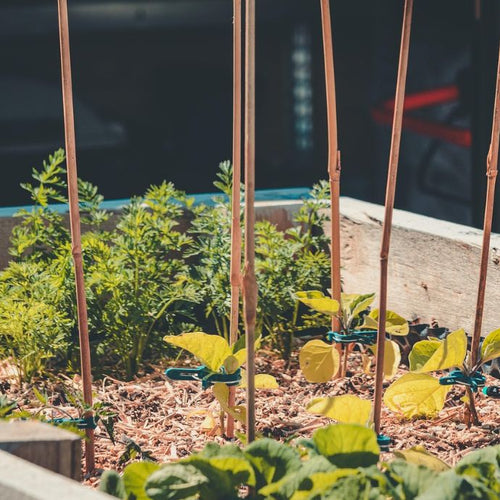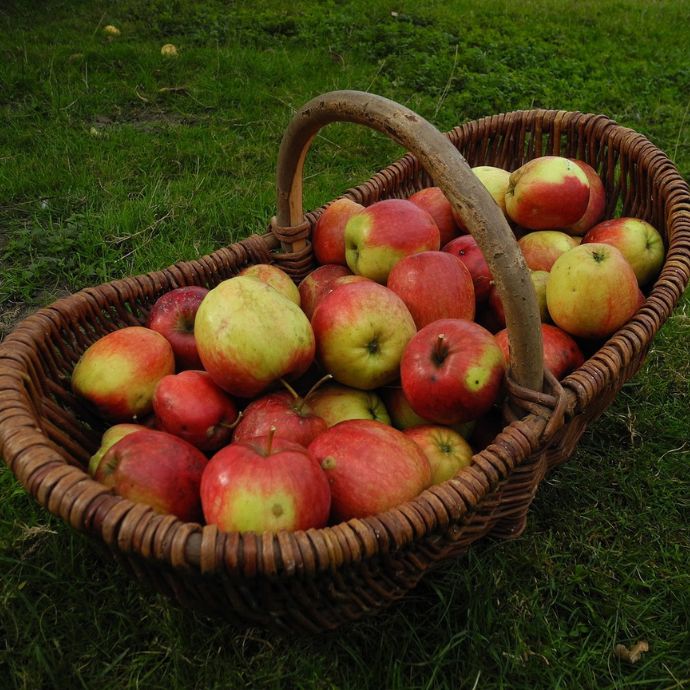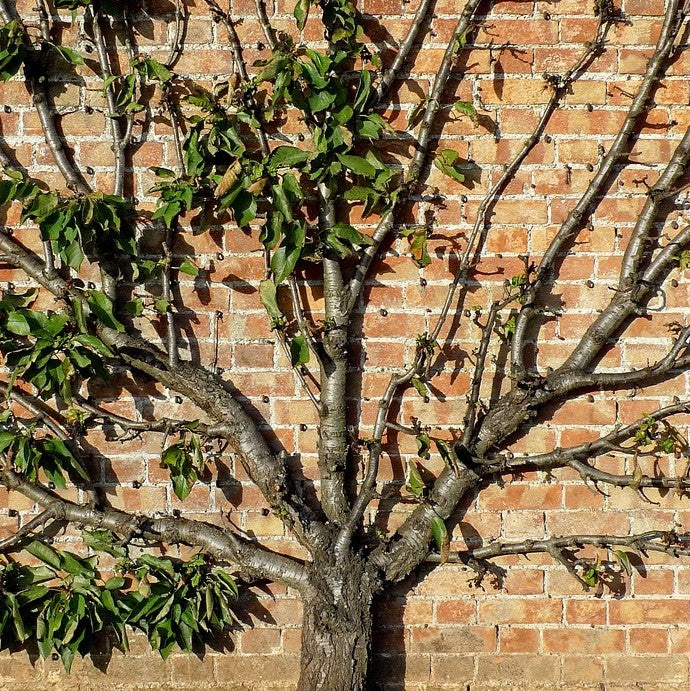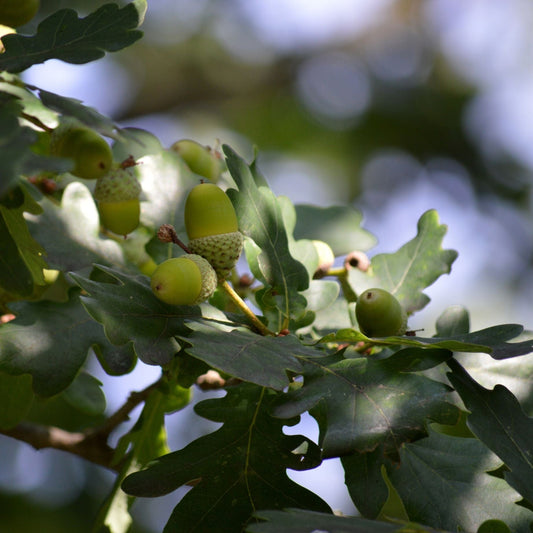British Hedgerow Plants: Best Native Hedging Picks
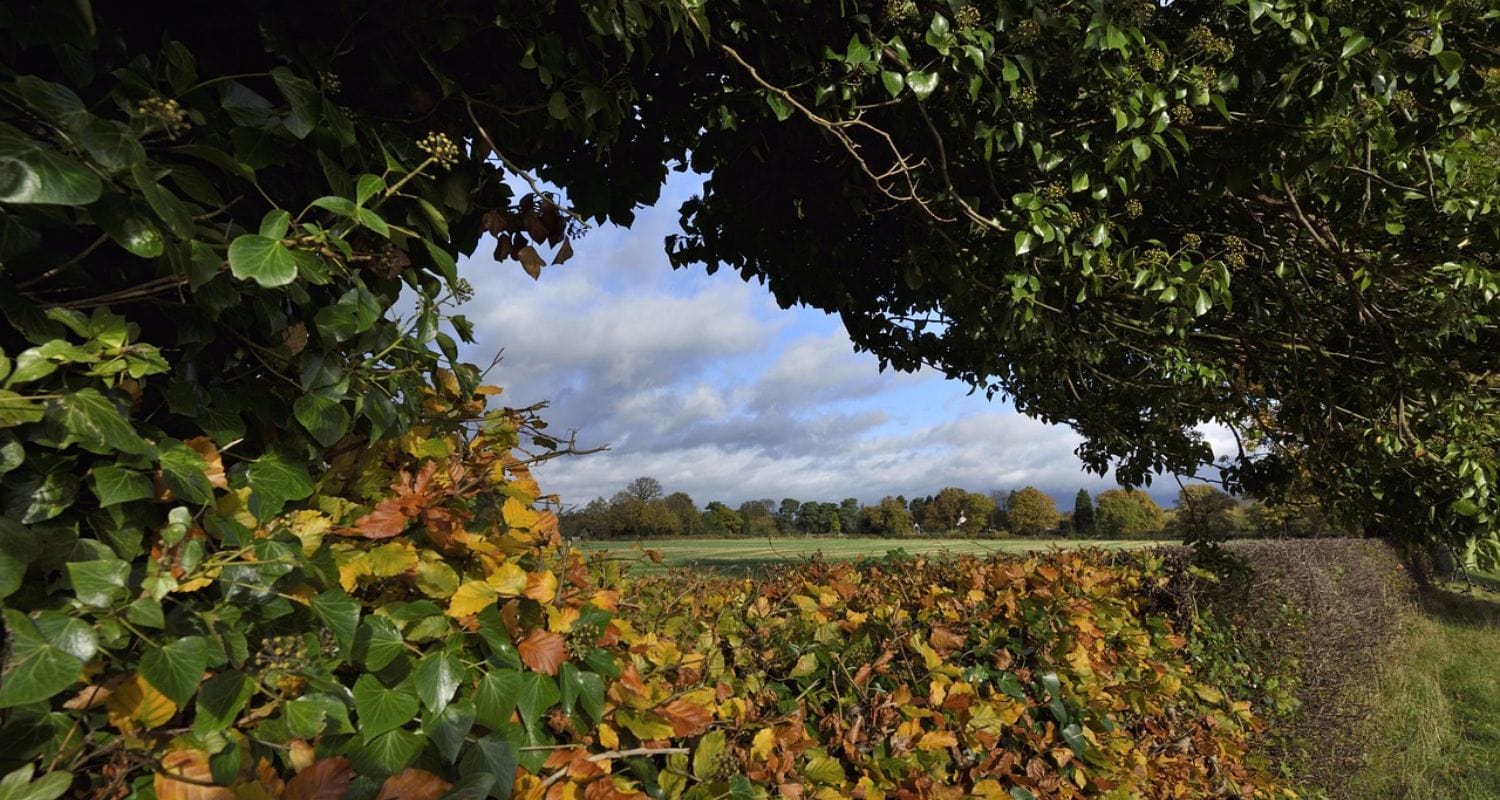
The hedgerows lining the winding country lanes and lush fields of the British countryside are undoubtedly among the most charming aspects of the UK. With fruits, flowers and fabulous foliage, these dense thickets provide both food and shelter for a huge number of wildlife species, and look lovely as they do so.
In this post, we’ll be exploring the various native hedging plants you’ll find on your travels throughout the country, as well as looking at which native hedging plants are best for growing in your own garden.
Jump to:
- Deciduous native hedging plants
- Evergreen native hedging plants
- Which native hedging plants to grow in your garden
Which deciduous native hedging plants can you find in Britain?
There are countless deciduous plants you’ll find in Britain’s hedgerows, including soft fruits, shrubby climbers and classic ornamental plants.
Beech (Fagus sylvatica)
As common as a standalone tree as it is a hedging plant, beech plants are a staple of British hedgerows. Though technically a deciduous plant, beech hedges often retain the majority of their leaves throughout the winter months.
Beloved for its spectacular coppery hues come autumn, this species is also highly beneficial to animals in that it provides shelter (particularly for birds like robins and mammals like voles) and food (with birds such as siskins and jays being particularly partial to the beech nuts – called beechmasts).

Blackberry (Rubus fruticosus)
Who amongst us hasn’t picked and eaten a blackberry straight from the hedgerow before? Delicious to eat and just as pretty to look at, blackberry plants are a mainstay of UK hedgerows. With their dainty white flowers, spiny stems and lush foliage, blackberry plants are particularly popular with blackbirds and thrushes, alongside badgers and squirrels.

Blackthorn (Prunus spinosa)
A member of the Prunus genus, which also includes peaches, cherries, nectarines and apricots, blackthorn plants are also known as sloes, from which we get sloe gin. Not only do the fruits of this plant provide food for wildlife, but the thorny stems and branches offer a wonderful natural security system for birds to place their nesting sites.

Crabapple (Malus sylvestris)
Crabapple trees are widespread throughout UK hedgerows, their bitesized, apple-like fruits being a particular favourite with several bird species, including fieldfares and redwings. Alongside the fruits, which can be used to make delicious jams and jellies, crabapples also produce glorious springtime blossoms and take on dazzling autumn hues towards the back end of the year.

Dog Rose (Rosa canina)
While we might more typically associate roses with cottage and formal gardens, there are wilder species that thrive in unkempt hedgerows as well. Dog rose, Rosa canina, is one such example, appearing throughout the UK in country lane hedgerows, woodland verges and scrubby grasslands.
Besides the fragrant, characterful blooms, dog roses also produce fruits (known as hips) that can be used to create syrups and jams. It’s best not to eat them raw, because although they’re edible, the seeds contained within the hips are covered with small hairs that can irritate the body’s digestive system. Birds, meanwhile, can’t get enough of them!

Elderberry (Sambucus nigra)
Purported to help ward off the devil and evil spirits, elderberry plants (also referred to as simply elder) pop up all over the country, dazzling with their scented blooms, glossy blackcurrant-coloured berries and lush foliage, this is a plant for all the senses. Used for cordials, syrups and jams, this plant is a forager’s idea of heaven.

Field Maple (Acer campestre)
With its highly-lobed foliage, which takes on rich yellow hues in the autumn, the field maple is notable in that it’s the only maple (Acer) that’s native to the United Kingdom. The leaves look sort of like a combination of an oak leaf with a more traditional maple leaf, while the springtime flowers are known for attracting bees, butterflies and other beneficial pollinating insects.

Hawthorn (Crataegus monogyna)
Another big hit with wildlife, hawthorn trees (also known as May trees) are known for supporting hundreds of separate species, including various moths (including the emerald and lackey moths) and dormice. The ‘haw’ in its name refers to the red fruits that develop in autumn and winter. The ‘thorn’, meanwhile, refers – as you might expect – to the fact that it produces spiny branch offshoots.

Hazel (Corylus avellana)
Particularly popular with dormice, who love nothing more than to fatten up on the nuts these trees produce, hazel trees appear in woods, scrubland and hedgerows up and down the country. Alongside the hazelnuts, the trees boast charming lamb-tail catkins and lovely foliage in green and purple shades. Our top tip for identifying hazel in a hedge? Feel for a downy underside to the leaves.

Honeysuckle (Lonicera periclymenum)
These fragrant climbing plants are often found in British hedgerows, and you’ll often smell them before you see them, such is their aroma. You’ll instantly be able to recognise a honeysuckle from its distinctive, bugle-shaped blooms, which come in a range of flaxen, white, pink and red shades. As popular with bees as it is with us humans, the common honeysuckle is certified with the Royal Horticultural Society’s Plants for Pollinators status.

Hornbeam (Carpinus betulus)
The hornbeam is a broadleaf, deciduous plant that can live for several hundred years, and is often found in hedgerows. Identifiable by their samaras – winged fruits, beech-like leaves and green catkins, the hornbeam is a fan of moist conditions and grows even in moderately poor soils.

Sea Buckthorn (Hippophae rhamnoides)
Ubiquitous with coastal regions, sea buckthorn is instantly recognisable thanks to its bright orange berries and silvery foliage. These plants are tolerant of exposed conditions and salt, making them ideal for a life by the sea. The berries are edible and the plant actually improves soil by fixing nitrogen, making it one of the most underrated hedging performers so far as I’m concerned!

Which evergreen native hedging plants can you find in Britain?
It’s not just deciduous plants that make up Britain’s hedgerows, various evergreen plants get in on the action, too.
Holly (Ilex aquifolium)
Synonymous with the festive season, holly bushes are much more than just a seasonal one-trick-pony. Their spiny evergreen leaves, vivid berries and delicate white flowers are popular with birds, who use the thick coverage to their advantage for nesting, bees and even deer, who graze along the top of the bush.

Ivy (Hedera helix)
Tolerant of all light conditions and a range of soil conditions, ivy plants are most commonly found in partially-shaded to shaded locales, providing food and shelter for a range of animals (more than 50 different species, in fact). A self-clinging plant, ivy will happily clothe other plants within the hedge, creating a full, dense-feeling hedge.

Yew (Taxus baccata)
One of the most common hedging plants, English yew (also known as common yew) is very distinctive, with its needle-like leaves, globular flowers and rich red berries (which somewhat resemble pitted olives). Hedges primarily comprising yew are amongst the most dense, providing shelter for birds and small mammals.

Which hedging plants are good to grow in your garden?
The hedging plants that grow best in your garden depend on what conditions your garden has. If you live on the coast, for instance, then sea buckthorn is a no-brainer. Similarly, if your garden features a lot of shade, then ivy plants are your best bet. If your garden seems perennially damp, then go for hornbeam, which thrives in moist conditions.
Do you want to harvest fruits? If so, then going for blackberries, blackthorns and elderberries will guarantee you a veritable berry medley. For privacy and screening, opt for something fast-growing like hazel or beech. If you’ve got young kids, then go for thornless hedging plants, as it might save a lot of tears from curious toddlers! Otherwise, a sunny to partially-shaded spot with well-drained soil will see most of the hedging plants mentioned above do nicely in your garden.
Final thoughts
So, there you have it! Some of the most commonplace native plants you’re likely to encounter whilst out and about amongst the country’s many, many hedgerows. Make sure to check out our guide on planting a hedge, as well as how to cut your hedge(s).
Last updated: 22/08/2025
